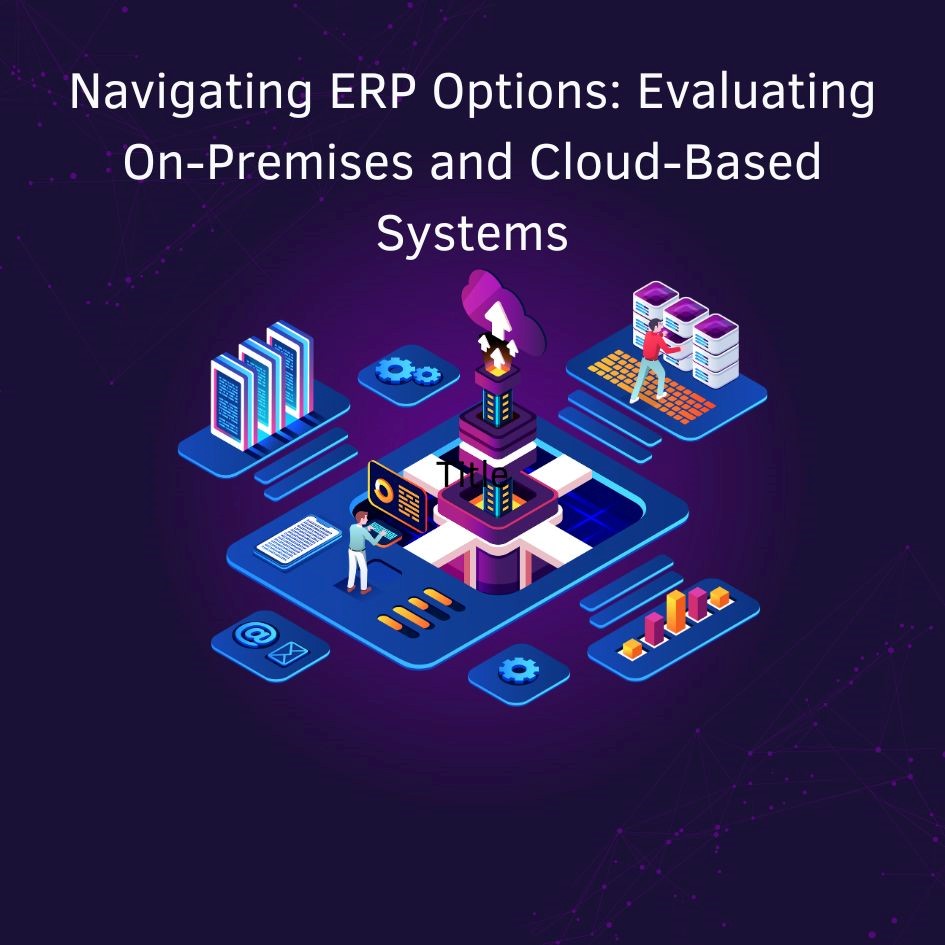A comprehensive analysis of the evolving Enterprise Resource Planning (ERP) landscape is provided by Sharath Chandra Vanam, comparing on-premises and cloud-based systems. As organizations strive for efficient resource management, understanding the strengths and limitations of these deployment models becomes crucial.
On-Premises ERP: Control and Customization
On-premises ERP systems are installed at an organization’s facilities and managed by internal teams or third parties, allowing extensive customization to meet specific business needs. This approach provides full control over hardware, updates, and security, which is crucial for regulated industries. However, it comes with high initial costs for hardware, licenses, and implementation, along with ongoing maintenance expenses. Scalability is limited, often requiring additional hardware and licenses for growth.
The Flexibility of Cloud-Based ERP
Cloud-based ERP solutions, hosted on remote servers and accessed via the internet, provide enhanced flexibility and accessibility. This approach eliminates the need for significant upfront hardware investments, using a subscription-based model that shifts costs from capital to operational expenses. Cloud ERP offers easy scalability, allowing businesses to adjust resources based on demand, benefiting rapidly growing or fluctuating organizations. With anytime, anywhere access through web browsers or mobile apps, it supports remote work. However, it relies on reliable internet connectivity and presents data privacy concerns, as security is externally managed.
Balancing Costs: Initial and Ongoing Considerations
Cost plays a major role in ERP selection. On-premises ERP involves high initial investments in hardware and software, while cloud-based ERP reduces upfront costs, offering a lower entry point. Cloud ERP’s subscription model brings regular operational expenses, whereas on-premises systems face ongoing costs for maintenance and upgrades. Hidden expenses, such as cloud ERP customization or added security, must also be considered. Evaluating both short-term and long-term costs is crucial for choosing the most cost-effective solution.
Scalability: Aligning ERP Systems with Business Growth
Scalability is crucial in ERP model comparisons. On-premises ERP requires hardware upgrades and extra licenses, making it less flexible and costly for rapidly expanding businesses. In contrast, cloud-based ERP offers high scalability, allowing easy resource adjustments. This flexibility supports the “Factory of the Future” concept, where adaptive systems drive continuous improvement and competitiveness.
User Experience: Customization vs. Accessibility
The user experience of ERP systems is vital for productivity and adoption. On-premises ERP typically provides a customized interface tailored to organizational needs, enhancing usability, though remote access may require additional setup. In contrast, cloud-based ERP, with web-based access and mobile capabilities, offers greater accessibility, allowing employees to access the system from anywhere, supporting remote work and collaboration. However, customization options are more limited than on-premises systems, potentially affecting satisfaction for companies with unique requirements.
Security and Compliance: Weighing the Risks
Data security and regulatory compliance are key considerations when choosing an ERP system. On-premises ERP provides full control over data protection, benefiting companies in regulated industries by allowing specific security protocols and compliance measures. Conversely, cloud-based ERP offers advanced security features but raises concerns about data sovereignty and privacy. Despite cloud providers’ investments in security, risks of data breaches or unauthorized access persist, making it essential for organizations to carefully assess cloud ERP’s security capabilities, particularly in sensitive industries.
Hybrid Approaches: Combining the Best of Both Worlds
For many organizations, the choice between on-premises and cloud-based ERP isn’t binary. Hybrid ERP solutions are gaining popularity, combining aspects of both models. This approach allows companies to keep sensitive operations on-premises while using cloud services for less critical functions, offering flexibility, scalability, and control.
Future Trends Shaping ERP Systems
Emerging technologies like AI, IoT, and blockchain are shaping the future of ERP. AI and machine learning boost predictive analytics, automate tasks, and deliver insights, while IoT enables real-time data collection, and blockchain enhances security and traceability.
As trends advance, ERP systems will grow more adaptive and intelligent, driving innovation. Organizations must stay agile, continually updating strategies.
In conclusion, Sharath Chandra Vanam highlights that choosing the right ERP model demands careful evaluation of organizational needs, regulatory requirements, and long-term goals. Weighing the pros and cons of on-premises, cloud-based, and hybrid solutions enables companies to make informed decisions for growth. The future of ERP rests on adopting flexible, scalable, and secure systems that adapt to a changing business environment.

